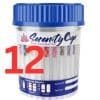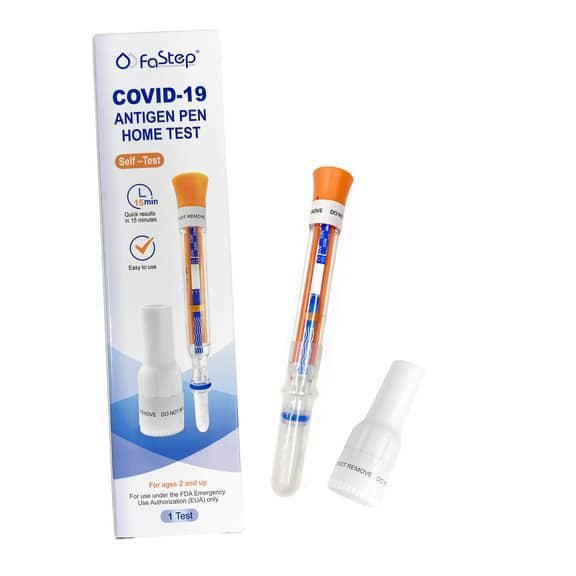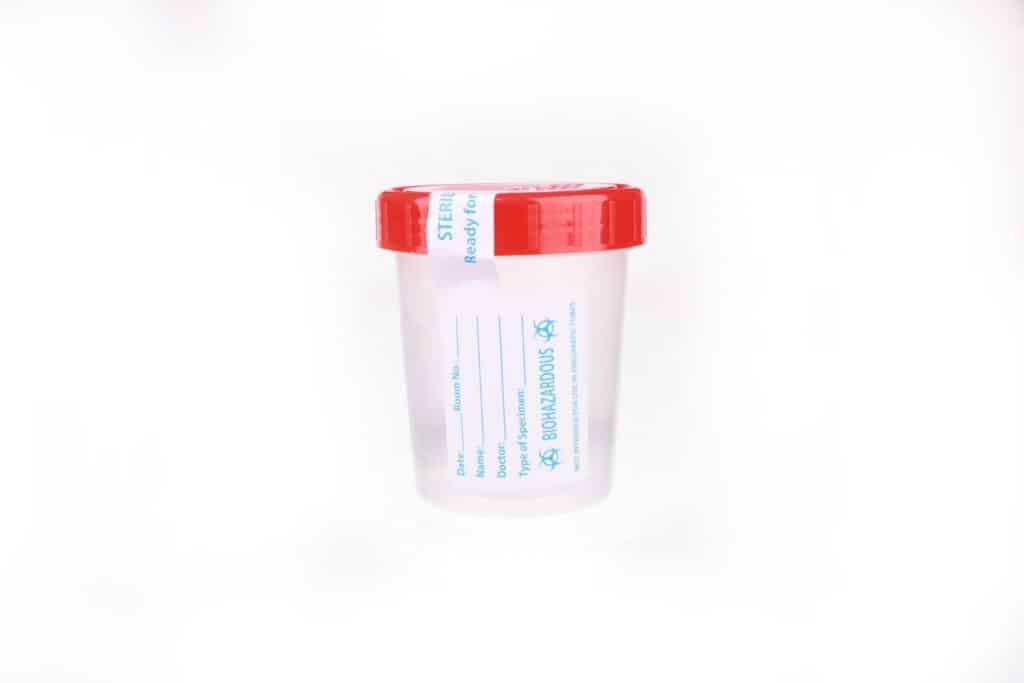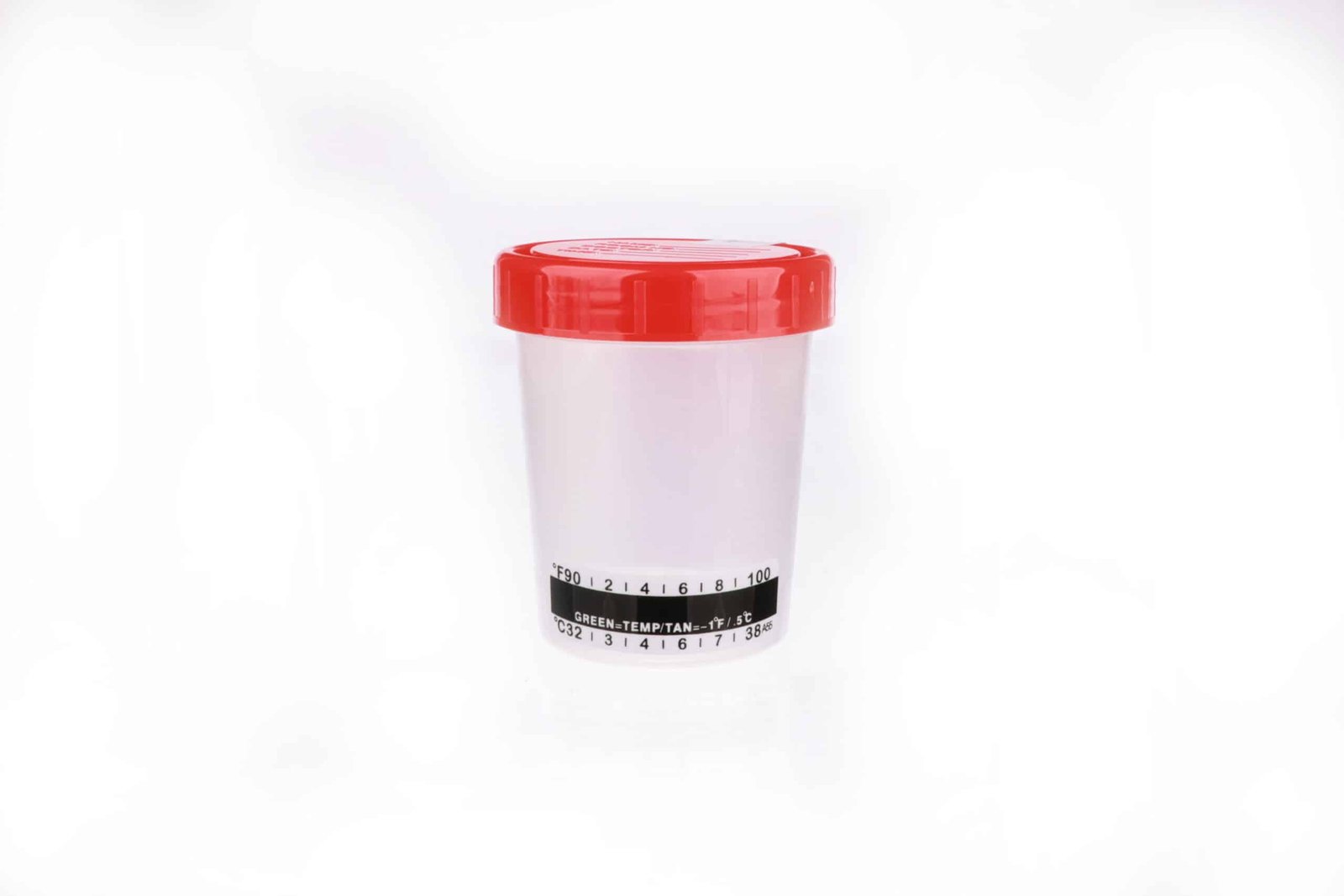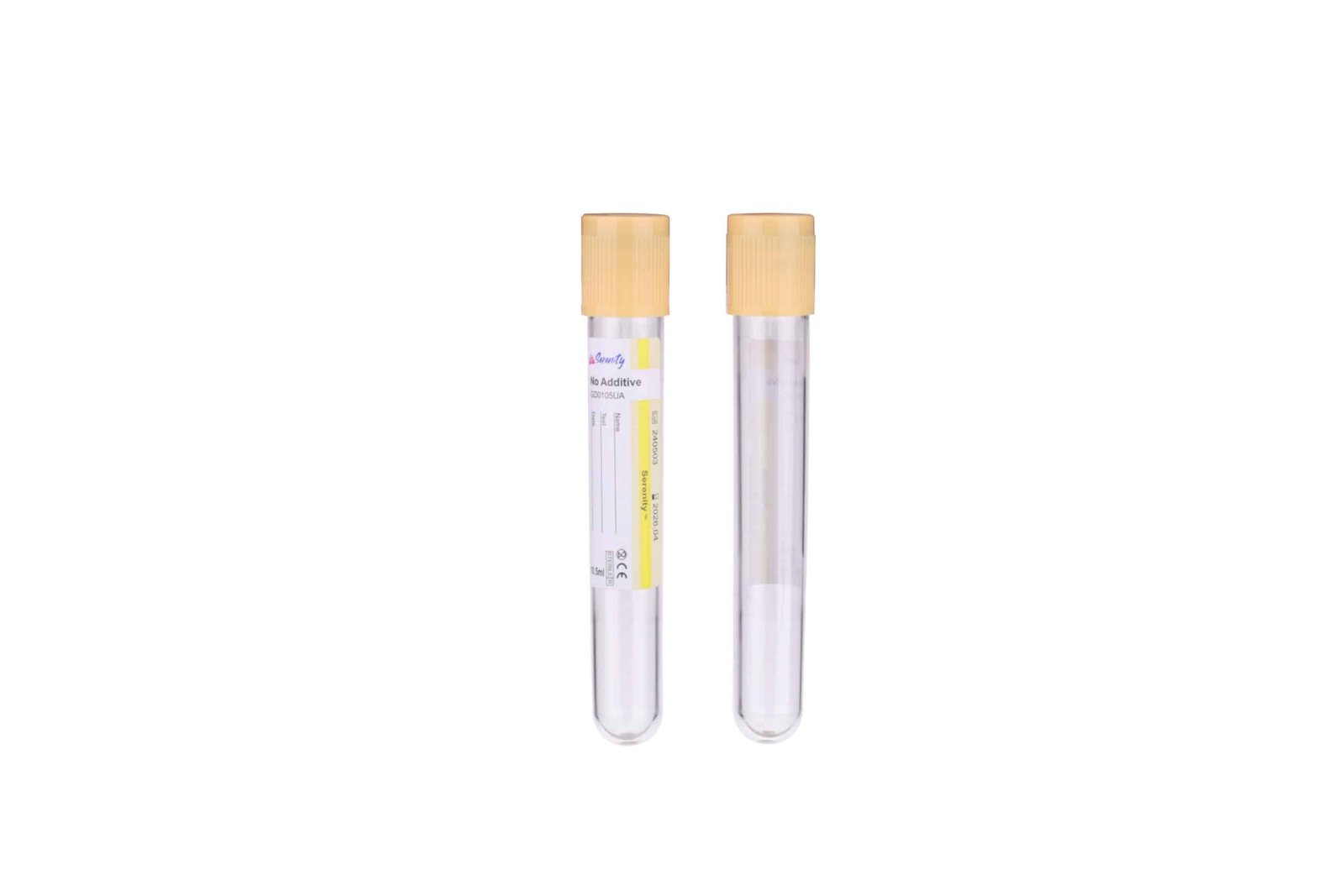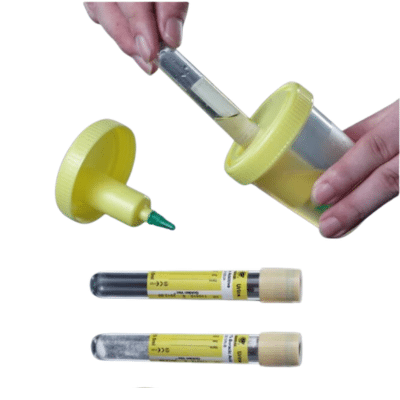As drug testing becomes an essential practice in workplaces, rehabilitation centers, and sports organizations, the prevalence of individuals attempting to cheat these tests has also risen. At Slash Medical, we are dedicated to maintaining the integrity of drug testing by providing reliable and accurate solutions. In this blog, we will discuss the various methods of drug test cheating and provide tips on how to spot them effectively.
Common Methods of Drug Test Cheating
Cheating on multi panel drug tests can take many forms, from tampering with the sample to using synthetic urine. Understanding these methods is the first step in detecting and preventing them.
1. Dilution
One of the most common cheating methods involves diluting the urine sample with water or other liquids to lower the concentration of drugs. Individuals might drink excessive amounts of water before the test or add water directly to the sample.
2. Substitution
Substitution involves replacing the urine sample with synthetic urine or urine from another person who is drug-free. This method can be quite effective if the substitute urine is at the correct temperature and has the right chemical properties.
3. Adulteration
Adulteration is the process of adding substances to the urine sample to mask the presence of drugs or to interfere with the testing process. Common adulterants include bleach, vinegar, or commercial products designed specifically for this purpose. Looking for a drug test that detects adulterants? Contact Us today!
4. Detox Products
Various detox drinks, pills, and kits claim to cleanse the body of drugs quickly. While the effectiveness of these products is questionable, some individuals still rely on them to pass drug tests.
5. Synthetic Urine
Synthetic urine is designed to mimic the chemical composition of natural urine and is often used to substitute for a real sample. It can be challenging to detect without proper testing protocols.
Signs of Drug Test Cheating
Spotting drug test cheating requires vigilance and a keen eye for suspicious behavior and anomalies in the testing process. Here are some signs to look out for:
1. Unusual Sample Temperature
Urine samples should be within the body temperature range (90-100°F) when submitted. Samples that are too hot or too cold might indicate substitution or tampering. Using a temperature strip on the collection cup can quickly reveal any discrepancies. Our drug test cups have temperature control strips that help with tampering detection.
2. Abnormal Creatinine Levels
Creatinine is a byproduct of muscle metabolism and is present in urine at certain levels. Extremely low creatinine levels may suggest dilution. Testing for creatinine concentration can help identify diluted samples.
3. Odd Odors or Colors
Urine should have a consistent color and smell. Unusual odors or colors can indicate the presence of adulterants or other substances. Conducting a visual and olfactory inspection of the sample can help identify potential tampering with a drug test.
4. Suspicious Behavior
Individuals attempting to cheat may exhibit nervousness, excessive sweating, or reluctance to provide a sample immediately. Observing the individual’s behavior during the drug testing process can provide clues about their intentions.
5. Use of Concealment Devices
Some individuals may use devices to conceal synthetic urine or other substances. These can include hidden containers, tubing, or even prosthetics. Thoroughly inspecting the collection area and being aware of potential concealment methods is essential.
Preventative Measures
Implementing stringent protocols and using advanced drug testing methods can significantly reduce the likelihood of drug test cheating. Here are some preventative measures to consider:
1. Direct Observation
In cases where cheating is suspected or where the stakes are high, direct observation during the sample collection can prevent tampering. Trained personnel should be present to monitor the process closely.
2. Random Testing
Random, unannounced drug testing can deter individuals from attempting to cheat, as they will not have time to prepare. This method increases the chances of detecting drug use and maintains a higher level of integrity.
3. Comprehensive Testing Panels
Using comprehensive multi panel drug tests that screen for a wide range of substances can help identify attempts to use detox products or other methods to mask specific drugs. Advanced tests can detect both common and less common substances.
4. Validity Testing
Incorporating validity tests that check for pH levels, specific gravity, and oxidizing agents can help identify adulterated or diluted samples. These tests add an extra layer of scrutiny to the testing process.
Conclusion
Maintaining the integrity of drug testing is crucial for ensuring safety, compliance, and fairness. At Slash Medical, we are committed to providing the tools and knowledge necessary to detect and prevent drug test cheating.
By understanding the common methods of cheating and implementing robust preventative measures, organizations can uphold the reliability of their drug testing programs and ensure accurate results. Trust Slash Medical for all your drug testing needs, and stay one step ahead in the fight against drug test cheating.Looking for an accurate, high quality drug test kit? Contact us today!





